OZ | October 25th, 2009 | Conservation and Street Art |  | Bookmark
| Bookmark
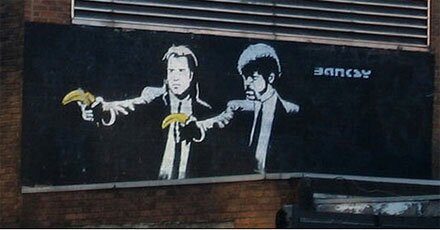
Once perceived as the scorn of urban areas, graffiti at its best has resulted in murals that transform dull architecture and even derelict neighborhoods and decrepit walls into vibrant & appealing spaces.
Graffiti is a tradition that reaches into the annals of history. Ancient Rome was rife with it, offering social commentary, satire and a reflection of the times. One graffito near Palatine Hill in Rome, the Alexamenos graffito, is believed to be the earliest known pictorial representation of the crucifixion of Jesus. Of such significance to Rome’s history, its graffiti was brilliantly brought to life by A52 in the title sequence for HBO’s series Rome.
Where as modern graffiti can truly serve aesthetic needs, its ancient counterpart appeared to lack the same lofty aesthetics. Perhaps it wasn’t as necessary in prominent cities abundant with ornate architecture and cobbled streets. Our modern urban areas maybe cleaner & more practical, but these concrete and asphalt jungles too frequently suffer from banality.
Granted graffiti has long been accused of producing “an atmosphere of social decay and neglect”, its artists subjected as criminals. A preponderance on uninspired writing in modern graffiti, amateurish chaotic scrawls, gang communications and misguided placement, lends credence to this argument. Subjective material in today’s uptight politically correct climate adds to the issue. It is understandable why local authorities would paint over or clean away such work.
However when the work is of such supreme excellence, when it clearly revitalizes an area, and its destruction produces a deterioration of the space, it is the local authorities that have committed a crime. Produced an urban tragedy.
Continue reading ‘An Urban Tragedy’
OZ | February 7th, 2008 | Books, Conservation and Products |  | Bookmark
| Bookmark
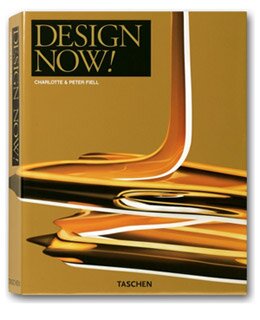
Last month art book publisher Taschen released Design Now!.
“Not only an in-depth exploration of contemporary design practice, this book is also a rallying call for a more sustainable approach to product design of every type, from lighting and furniture design to consumer electronic equipment, transportation, product architecture, and environmental design. Visually stunning and highly informative, Design Now! illustrates the latest work by 90 of the world’s leading designers and design-led manufacturing companies [Editor's Note: See appended for the complete list, an online exclusive], while also featuring in-their-own-words statements that give a unique insight into the nature of 3-dimensional design today. Additionally, the editors’ introductory essay authoritatively outlines the main issues facing designers, manufacturers and consumers, and offers a perceptive vision for a better way forward that focuses on the need to reduce, reuse, and recycle.”
Continue reading ‘Design Now!’

The History Channel’s 2008 City of the Future: A Design & Engineering Challenge has come to close. For one week in January, eight teams in San Francisco, Washington, D.C., and Atlanta competed “to envision what their city might look like in 100 years.”
Continue reading ‘City of the Future’
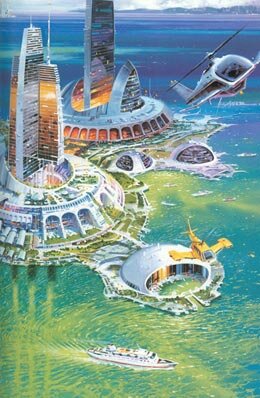
The notion of cities condensed into a singular structure or hyperstructure, has frequented works of fiction as far back as 1899 with H.G. Wells, When the Sleeper Wakes. The concept garnered wider attention seventy years later when Architect Paolo Soleri published, Arcology: The City in the Image of Man. Massive self sustaining habitats, the pliable infrastructure and small ecological footprint of arcologies avoid the damaging, inefficient urban sprawl of today’s cities and suburbia.
Despite increasing stresses on our existing societal structure and a world population rapidly growing to unsustainable levels, land based arcologies appear unlikely in the foreseeable future. The answer may reside with the remaining seventy percent of the Earth’s surface, our oceans. Ocean arcologies could utilize ocean thermal energy conversion (OTEC) or derive energy from the ocean’s perpetual motion to provide abundant pollution-free energy. Fresh water would be available via desalination. Despite the inherent dangers and high expense, the surface of Earth’s oceans are already littered with surprising structures from Sea Forts in the Thames Estuary to the famed remnants of Florida’s Stiltsville and of course the ubiquitous oil rig. Following, a compilation of ambitious ocean arcology concepts.
Continue reading ‘Ocean Arcologies’
OZ | September 24th, 2007 | Architecture and Conservation |  | Bookmark
| Bookmark
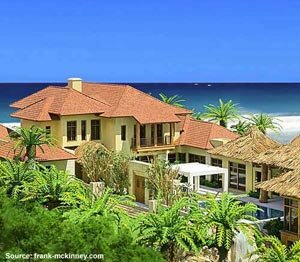
The U.S. Green Building Council’s LEED (Leadership in Energy & Environmental Design) certification has gained traction in the past year. The rating system offers certification at four levels, Certified, Silver, Gold and Platinum dependent on the amount of credits attained by pursuing sustainable building methods, optimizing energy and water efficiency and other eco-friendly strategies. ArTect.net has previously reported on LEED certified buildings, notably AIA’s 2007 Top 10 Green Buildings and on 7 World Trade Center.
Architectural writer Eve Kushner has written an article on maverick Florida developer Frank McKinney’s pursuit of the seemingly paradoxical “Eco-Mansion”. It’s an interesting story that provides insight into the LEED certification process. Read it at Design Build Network.

Last week GE’s Ecomagination celebrated its two year anniversary.
Continue reading ‘Ecomagination’
Since 2001, Siemens R&D Division has published a bi-annual magazine for research and innovation. The magazine, Pictures of the Future, is available in English or German via downloadable pdf or mail. Siemens currently offers a free copy of their latest spring issue by mail.
The issue features almost forty articles covering three primary themes, Livable Megacities, Molecular Medicine and Technology for the Environment. Highlights include LED’s in Architecture, the pending AySystem (a mobile sensor & communications device) and new telemedicine solutions.
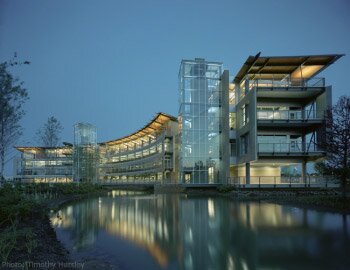
Yesterday the American Institute of Architects (AIA) and its Committee on the Environment (COTE) announced their selections for the best environmentally friendly buildings in the United States.
Continue reading ‘AIA’s 2007 Top 10 Green Buildings’

At a distance it may not illicit a second glance. However at street level the new 7 World Trade Center, a LEED certified green building designed by Skidmore, Owings & Merrill (SOM) architect David Childs, is a marvel.
Continue reading ‘7 World Trade Center’

















